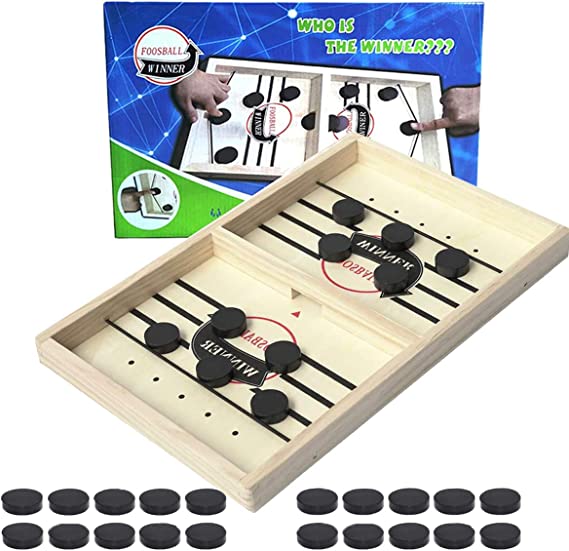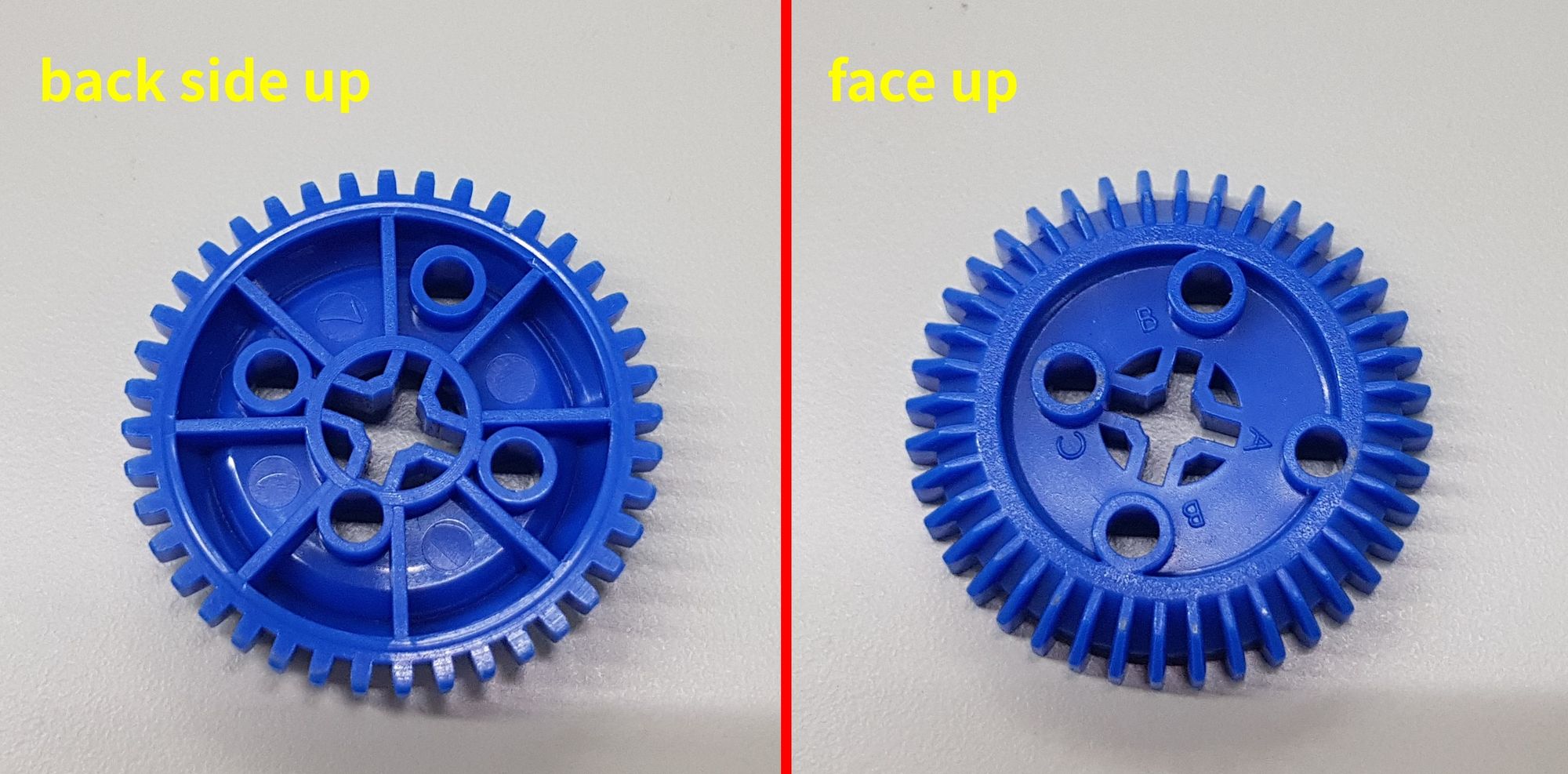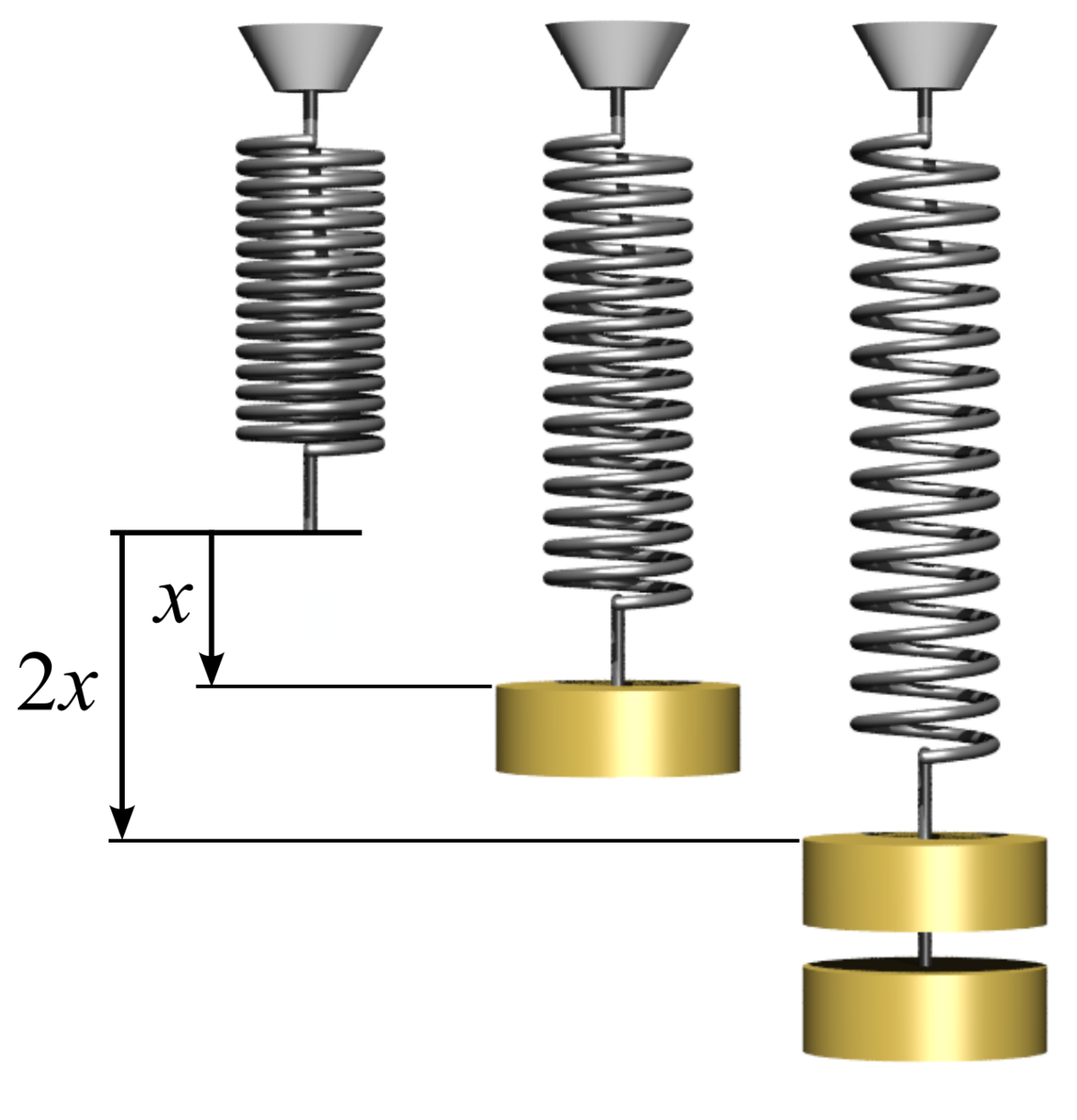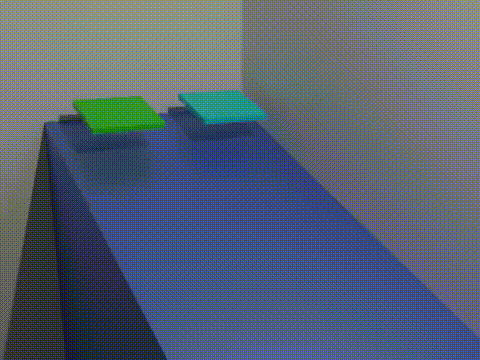Science in daily life: EP4 - Foosball
Hi, I'm Teacher Raccoon. Let's talk about tabletop games. They're played on a tabletop and come in different types like puzzles and card games. Some have complex rules that take time to learn. Today, I'll teach you how to make a fun tabletop game - Foosball!

Hi everyone, I'm Teacher Raccoon. Have you ever played tabletop games? Tabletop games are games played on a tabletop, they can be classified into various types, such as puzzle tabletop games and card tabletop games. Some tabletop games even have complex rules that require a significant amount of time to learn. Today, I'll show you how to make a fun tabletop game – Foosball!

The game is called Foosball, we can use elastic ropes or rubber bands to launch the pieces. The goal is to bounce all your pieces to your opponent's side faster than they can bounce theirs to yours (see Video 1). It's easy and fun to play!
Let Teacher Raccoon show you how to make bouncing chess step by step now!
◆Assembly Steps
First, we need to use building blocks to make the center line of the territory, and make a 5-cm gap below so that the chess pieces can pass through the center line.
Step 1: We now use C-15 HOLE DUAL ROD, C-5 HOLE DUAL ROD, and C-5 HOLE ROD FRONT CLOSED (Figure 1), and connect them to complete a 25-cm midline (Figure 2).


Step 2: We here use C-5 HOLE DUAL ROD and C-LONG PEG (Figure 3), and combine them into two identical parts (Figure 4).


Step 3: We now combine the center line and these two parts, and then the gap is done as shown (Figure 5).

Step 4: We use eight C-15 HOLE DUAL ROD (Figure 6) to make the left and right guardrails, and assemble them according to the pictures. After completion, it will look like a letter H (Figure 7).


Step 5: We use the C-5 HOLE ROD and the C-LONG PEG (Figure 8), and make them into Part A and Part B respectively (Figure 9). We use them to strengthen the guardrails of the structure.


Combine Parts A and B to complete the reinforcement of the left and right guardrails (Figure 10).

Step 6: We want to make the guardrail at the back, and we first combine a C-5x10 FRAME, a C-5x5 FRAME and a C-LONG PEG (Figure 11) to form Part C (Figure 12). We must make two sets of Part C due to guardrails in two sides.


Combine Part C with the C-15 HOLE DUAL ROD on both sides to complete the rear guardrail (Figure 13).

Step 7: We use four RACING TIRE (Figure 14) as counterweights, and install the RACING TIRE on the C-5x10 FRAME as shown (Figure 15). The weight of the RACING TIRE and the friction between the RACING TIRE and the table can ensure that we will not take away the entire playing field during pulling the rubber band.


Step 8: It is the key point of the whole assembly. We need to use two new rubber bands (can be cut with scissors in advance) and the C-AXLE CONNECTOR (Figure 16), and pass the rubber bands through the holes on the side of the C-15 HOLE DUAL ROD, and then align the groove of the C-AXLE CONNECTOR with the rubber band and press it in (Figure 17).


After confirming that the C-AXLE CONNECTOR is fully pressed into the C-15 HOLE DUAL ROD (Figure 18), and fixing the rubber bands on both sides in the same way, we have finished the playing field of Foosball.

After the field, the next step is to prepare the chess pieces for playing Foosball. Here Teacher Raccoon will use six C-40T GEAR as chess pieces (Figure 19).

The Gigo gears are directional inclined gears, so they have two sides: front and back (Figure 20). When we launch the C-40T GEAR, we need to ensure that the gear’s back side is facing up in order to launch successfully (Video 2).

We can place three C-40T GEAR on the left and put the other three on the right, and then we can start to have an exciting game (Figure 21)!

◆Conclusion
When playing the Foosball game, it's recommended to place it on a smooth table since the center of the model is hollow. Excessive friction between the 40T GEAR and the table can slow down its sliding speed. On the other hand, rubber wheels can increase the friction between the model and the table, making it more stable when launching the 40T GEAR. You can lightly press the guardrail behind the model with your other hand to prevent the entire model from shaking too much.
To enhance your Foosball experience, you can compare the sliding speed of the 40T GEAR on different materials to find the best table surface. Additionally, you can experiment with changing the field size, rubber band thickness, fixed positions, or the number of 40T GEAR. There are many ways to compete and have fun in Foosball!
That's all for today's sharing. If you enjoyed this article, don't forget to share it. See you next time, bye!
◆Scientific principles
Playing Foosball involves the scientific concepts of friction and elasticity. If the friction between the 40T GEAR and the table is minimized, the gear will spin faster.
Friction and its control have practical applications in our daily lives. For instance, tire treads increase friction between tires and the road, preventing cars from skidding. Lubricating oil reduces friction between gears, ensuring smooth rotation.
Rubber bands have the ability to store energy. When we apply force, the rubber band stretches and stores that energy. This stretching is called 'deformation'. When we release it, the rubber band releases the stored energy as elastic force, causing the 40T GEAR to pop out.
◆Curriculum
K-PS2-2. Motion and Stability: Forces and Interactions
K-PS2-1. Plan and conduct an investigation to compare the effects of different strengths or different directions of pushes and pulls on the motion of an object.
MS-PS2-2. Plan an investigation to provide evidence that the change in an object’s motion depends on the sum of the forces on the object and the mass of the object.
#Gigo #Gigo Lab #Fun Lab #Learning Lab
◆Reference:



Please sign in to vote.

